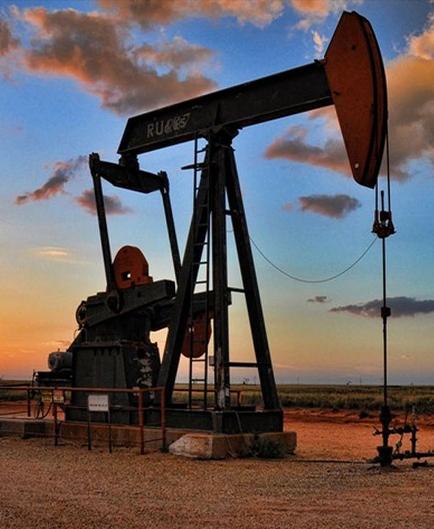- Afrikaans
- Albanian
- Amharic
- Arabic
- Armenian
- Azerbaijani
- Basque
- Belarusian
- Bengali
- Bosnian
- Bulgarian
- Catalan
- Cebuano
- Corsican
- Croatian
- Czech
- Danish
- Dutch
- English
- Esperanto
- Estonian
- Finnish
- French
- Frisian
- Galician
- Georgian
- German
- Greek
- Gujarati
- Haitian Creole
- hausa
- hawaiian
- Hebrew
- Hindi
- Miao
- Hungarian
- Icelandic
- igbo
- Indonesian
- irish
- Italian
- Japanese
- Javanese
- Kannada
- kazakh
- Khmer
- Rwandese
- Korean
- Kurdish
- Kyrgyz
- Lao
- Latin
- Latvian
- Lithuanian
- Luxembourgish
- Macedonian
- Malgashi
- Malay
- Malayalam
- Maltese
- Maori
- Marathi
- Mongolian
- Myanmar
- Nepali
- Norwegian
- Norwegian
- Occitan
- Pashto
- Persian
- Polish
- Portuguese
- Punjabi
- Romanian
- Russian
- Samoan
- Scottish Gaelic
- Serbian
- Sesotho
- Shona
- Sindhi
- Sinhala
- Slovak
- Slovenian
- Somali
- Spanish
- Sundanese
- Swahili
- Swedish
- Tagalog
- Tajik
- Tamil
- Tatar
- Telugu
- Thai
- Turkish
- Turkmen
- Ukrainian
- Urdu
- Uighur
- Uzbek
- Vietnamese
- Welsh
- Bantu
- Yiddish
- Yoruba
- Zulu
Understanding API Tubing and Casing Specifications for Oil and Gas Industry Applications
Understanding API Tubing and Casing Chart A Comprehensive Guide
In the oil and gas industry, the extraction of hydrocarbon resources requires a meticulous approach, especially when it comes to drilling and well completion. One of the essential tools in this process is the API tubing and casing chart. Understanding this chart is crucial for engineers, geologists, and drilling professionals, as it forms the foundation of well design and equipment selection.
What is API?
API stands for the American Petroleum Institute, an organization that establishes industry standards for equipment and practices in the petroleum sector. The API tubing and casing chart is a standardized guide that provides specifications for various types of tubular products, ensuring compatibility and safety in drilling operations.
Tubing and Casing Definitions and Differences
Before delving into the API chart, it is important to understand the difference between tubing and casing. Casing refers to the large-diameter pipes installed in a wellbore to maintain its integrity and prevent the collapse of the surrounding rock. It serves as a protective barrier, isolating different geological formations and preventing any contamination of groundwater.
On the other hand, tubing is a smaller diameter pipe that is inserted inside the casing. Tubing is primarily used for the production of hydrocarbons from the well. It allows for the efficient transport of oil and gas from the reservoir to the surface. The selection of appropriate tubing and casing sizes is critical to the efficiency and safety of the drilling process.
Components of the API Tubing and Casing Chart
api tubing and casing chart

The API tubing and casing chart provides vital information such as
1. Dimensions This section lists the outside diameter (OD), inside diameter (ID), and weight per unit length of various tubing and casing grades. For example, a common casing size might be 7 inches in diameter with a specific weight designation. 2. Grades Tubing and casing come in various grades, denoting their strength and material properties. The API chart categorizes these into different groups such as K55, L80, and P110, which reflect their yield strength. The higher the grade number, the greater the strength, which is essential for high-pressure environments.
3. Specifications The chart includes specifications based on different conditions, such as temperature, pressure, and the nature of the fluid to be transported. These factors are crucial in determining the material selection, as certain grades perform better under specific conditions.
4. Coating Types Some pipes may receive protective coatings to prevent corrosion and enhance longevity. The API chart may include this information, guiding operators on which coatings are suitable for certain environments.
Importance in Drilling Operations
Utilizing the API tubing and casing chart is not merely a best practice; it is a necessity for ensuring the safety and efficiency of drilling operations. Correctly selecting tubing and casing based on the API standards minimizes risks such as blowouts, wellbore collapse, and environmental contamination. Additionally, adhering to these standards helps companies comply with regulatory requirements and industry benchmarks.
In conclusion, the API tubing and casing chart serves as a vital resource in the oil and gas industry, ensuring that drilling professionals make informed choices regarding the materials used in well construction. Its comprehensive specifications provide a clear framework for understanding the options available and making the best decisions for specific drilling conditions. As the industry evolves and technology advances, the importance of such standardized charts remains paramount in achieving safety and efficiency in hydrocarbon extraction.
-
Tubing Pup Joints: Essential Components for Oil and Gas OperationsNewsJul.10,2025
-
Pup Joints: Essential Components for Reliable Drilling OperationsNewsJul.10,2025
-
Pipe Couplings: Connecting Your World EfficientlyNewsJul.10,2025
-
Mastering Oilfield Operations with Quality Tubing and CasingNewsJul.10,2025
-
High-Quality Casing Couplings for Every NeedNewsJul.10,2025
-
Boost Your Drilling Efficiency with Premium Crossover Tools & Seating NipplesNewsJul.10,2025







